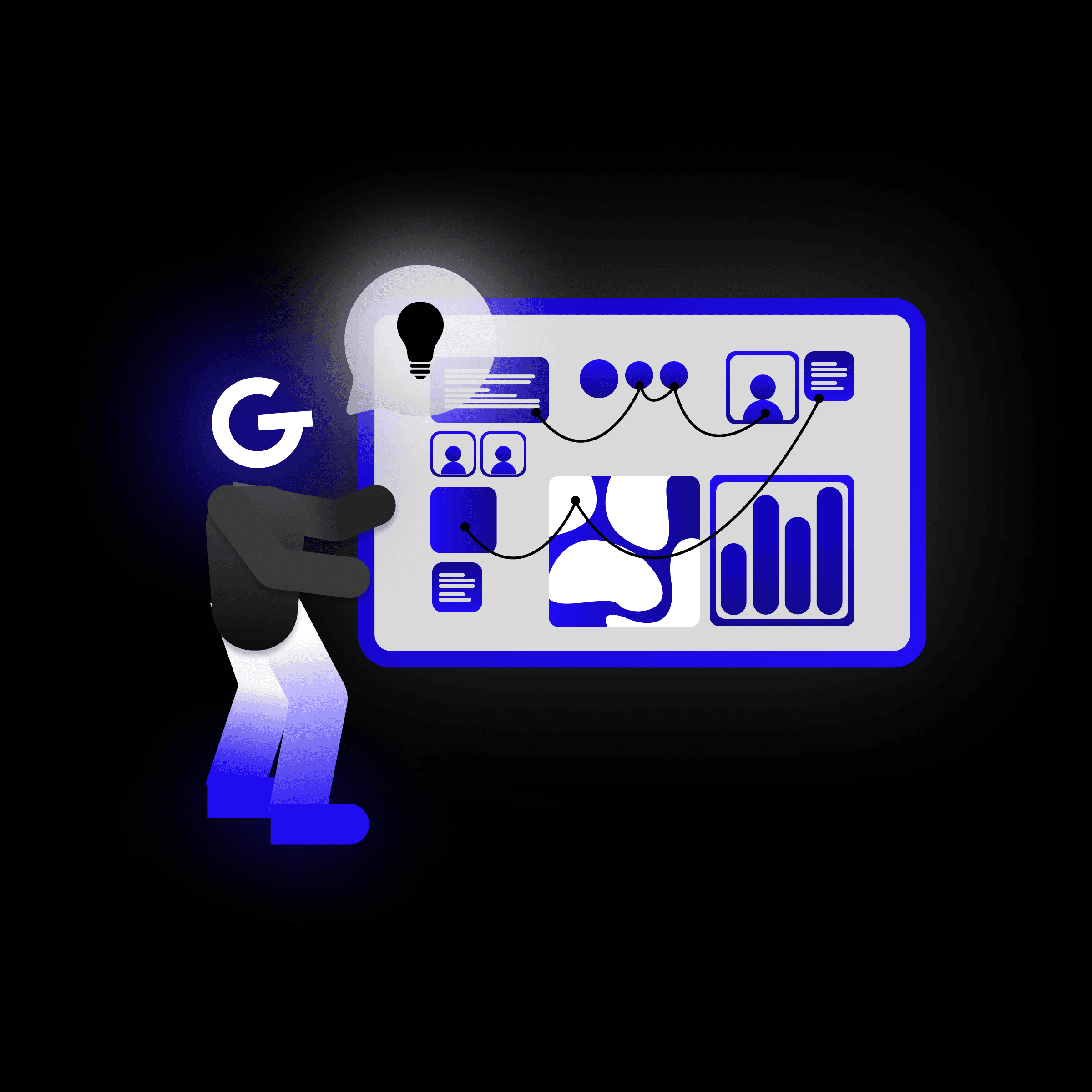
How to build AI solutions that deliver 10× more value for your business

Every good agile project manager works with retrospective, as it is a great tool to get information from the team and how to push it forward. Probably each of us is happy in our comfort zone and the same goes for meetings. Let's get out of there and do some retrospective.


To keep the team focused, it's nice to change the format of the scrum retrospective once in a while and come up with something new, which will liven up the meeting and give it a new flavour. It is also necessary to assess whether the same retrospective format is still suitable for all types of situations and problems we face in projects.
In the previous part, we focused on antipatterns, now we will focus on bringing different retrospective techniques to different team needs. Almost all of them can be done online using the right online tools. If you are more interested in more forms of retrospective that work more with teams, that do not work so well, do not miss the continuation of this article. We will focus on techniques that work with challenges on projects.
The following forms of retrospectives are some of the more traditional and we use them mostly in teams that work well together. The goal is just to change the format to something new, more interesting, to keep the team engaged.
Speed Car is a simple activity that helps a team identify the things that keep them moving forward and the things that hold them back. By visualizing a retrospective as a car in a team, we evoke a feeling of speed and agility. The team can get a different charge and can think about things differently. When choosing this format, try to imagine for yourself what the metaphor of the car evokes in you and try to transfer the charge to the rest of the team. It's a fairly common type of retrospective for data collection and a way to keep a team engaged with a minor format change.
Activity:
Ask participants to write down their observations and place them in the following two areas: engine and parachute.
Engine: What moved us forward? What makes us move faster Parachute: What slowed us down Group the notes and start a discussion.
Group the notes and start a discussion.
The balloon is a form of retrospective, which again visualizes the situation differently. The balloon can illustrate a project or a team as something that is on the ground and slowly rises to the sky, grows and gets rid of unnecessary loads. The team is better able to visualize the project and it is easier to identify problem areas. It's a common way to collect data and an alternative to keeping the team engaged with a slight format change.
Activity:
Ask participants to write notes and place them on the following two areas: fire and hot air; forces that hold us down.
Group notes and discuss.
The Open the Box activity encourages innovation and forces the team to think about problems differently. Ask the team to look at this activity as "think outside the box". It's a great alternative to keeping the team engaged with a slight format change. The form of the box also signals the place where we store unnecessary things or things we want to get rid of and, conversely, those we need are taken out and used.
Activity:
Start by reading the following quote:
"The world as we have created it is a process of our thinking. It cannot be changed without changing our thinking." ― Albert Einstein.
Inform the participants about the metaphor of the box (if possible, take it with you) and tell the team that in this box there are all the activities that the team performs, then simulate the opening of the box.
This is an activity that helps the team to visualize the retrospective differently again. It helps identify the things that keep us moving and the things that hold us back. The form of the ship signals to the team that they are all on one board and all are working towards the destination, while they are at sea / river by themselves and therefore they can only help each other.
Activity:
Ask participants to write notes and place them in the following two areas: Engine and Anchors.
Group notes and discuss.
This is a relatively common activity that encourages conversation about current activities and their perceived value. It helps team members understand the perceived value of these practices. Its biggest plus is that it clearly and comprehensibly shows the parts that make sense and, conversely, those that we want to eliminate within the team.
Activity:
Divide the canvas into four areas:
Tip - add part 5, LOVED and in this part you can ask the team to identify those team members who excelled in this sprint.
The following techniques can be used especially for teams that had a good sprint and we want them to continue with this setup. However, with slight variations, we can use them even if we did not succeed.
Winning streak is a retrospective format that we can use if you want to turn one win (sprint) into a winning series. It is built on the principle of reverse engineering towards victory. It works on the principle of examining the basic components of victory and on how to ensure that these components reunite, sprint after sprint.
Activity:
Divide the board into 4 areas:
Ask participants to write notes for each of the areas.
A group conversation about notes.
A tip for a sprint that doesn't quite work out: Try to ask the team, "How can we use our or team strengths to solve the problem?" "What would you do more often to prevent further problems? " "What steps can we take immediately?"
This is a great activity that will make retrospective participants point to each other's great moments. This activity helps people feel great and elevates the positive mood in the team. People will realize for themselves what they have succeeded in, but they will also hear compliments from others.
Activity:
On the first card, hidden from the others, they should write their moment of "great victory" (or the moment, the situation in which they were involved and succeeded) and not show it to others.
The goal is basically to make a match.
The exercise continues until all team members have read the cards.
This retrospective should be short, concise, with a clearly defined intention, result and conditions for proving the result. Clear criteria for success lead the team to clear activities to achieve it. This activity helps the team clarify what and what are the success criteria for our sprint and how progress will be monitored.
Activity:
Create a whiteboard with the following components:
Ask individuals to write how they plan to contribute to a specific goal. Paste notes on the board. Arrange them and consider grouping similar notes and reformulating the labels that are not clearly defined. Now ask participants to write and place success and failure indicators for each of the "target" labels. Place them on the same line as the goal so that the individual ideas are organized. Start a group conversation about the notes in each line and identify what makes sense of it and what you start as a team.
Do you have experience with SCRUM methodology or agile project management? We are looking for a new IT project manager to join the team! Join us.






